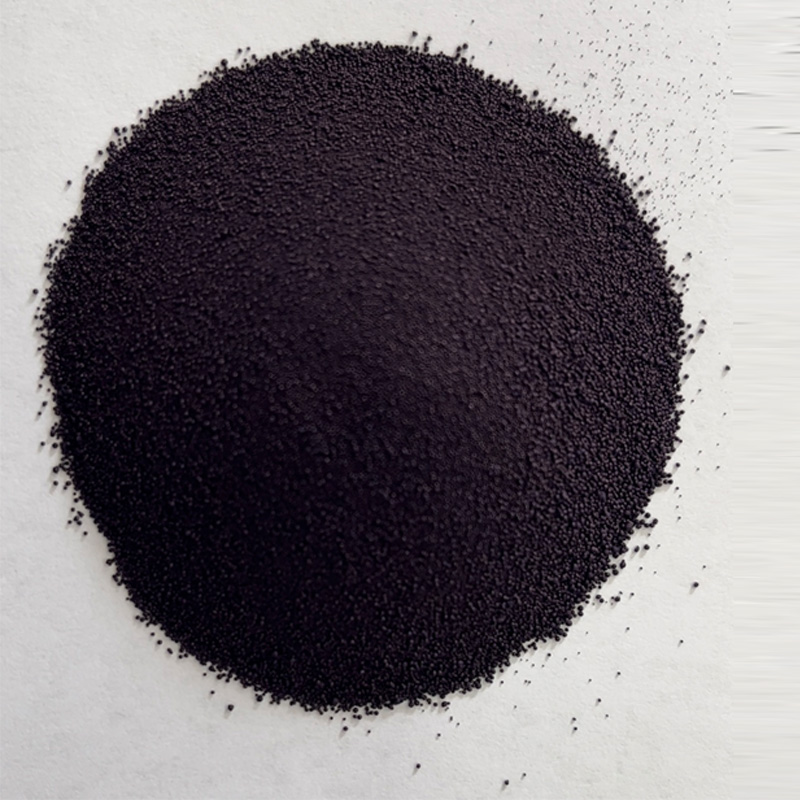Exploring the Leading Companies Specializing in Black Indigo Dye Production and Distribution
The Rise of Black Indigo Dye A Look at Key Companies
The world of textile dyeing has evolved significantly over the years, with natural dyes making a remarkable comeback amidst the growing emphasis on sustainability and eco-friendliness. Among these, black indigo dye has carved its niche, primarily due to its rich history and deep, vibrant hue. As consumers increasingly seek sustainable options, several companies have emerged as leaders in the production and distribution of black indigo dye, each with unique approaches to sourcing, processing, and innovation.
Historical Significance of Black Indigo Dye
Indigo dyeing dates back thousands of years, with records of its use in ancient civilizations spanning Africa, Asia, and the Americas. The traditional process involves extracting the dye from the leaves of the indigo plant (Indigofera tinctoria), a labor-intensive endeavor that has passed down through generations. Black indigo, in particular, is renowned for its ability to produce deep, rich colors, which have been cherished in various cultures for both aesthetic and symbolic significance.
Key Players in the Industry
1. Dharma Trading Co. Based in California, Dharma Trading Co. specializes in providing high-quality natural dyes, including black indigo. They source their indigo from sustainable farms and promote ethical practices throughout their supply chain. The company’s commitment to education is evident in its extensive resources for dyers and craft enthusiasts, enabling individuals to experiment with indigo dyeing at home.
2. The Natural Dye Company Located in the UK, The Natural Dye Company focuses on providing artisanal dyes, including black indigo extracted from organic and biodynamic sources. They emphasize the importance of sustainable agriculture and aim to support local farmers while minimizing environmental impact. Their products cater primarily to textile artists and businesses that seek to incorporate natural dyes into their offerings.
3. Fräulein Grünewald This Germany-based company specializes in natural dyes and offers an impressive range of colors, including black indigo. Fräulein Grünewald pays homage to traditional dyeing techniques while incorporating modern practices, ensuring a blend of heritage and innovation. Their commitment to sustainability is mirrored in their efforts to create biodegradable products and eco-friendly packaging.
black indigo dye companies

Innovations in Black Indigo Dye Production
In recent years, companies have also focused on innovating the dyeing process to enhance the quality and efficiency of black indigo dye. Advances in biotechnology have allowed for more sustainable extraction methods that reduce waste and environmental footprint. Some companies are exploring fermentation techniques to extract indigo dye more efficiently while maintaining its quality. Others are researching new formulations that can be produced more quickly, making black indigo dye more accessible to a broader audience.
The Future of Black Indigo Dye Companies
With the global surge in demand for sustainable fashion, black indigo dye companies are well-positioned for growth. Millennial and Gen Z consumers prioritize sustainability and are willing to invest in products that reflect their values. As such, companies that emphasize ethical sourcing, transparency, and environmental stewardship will likely lead the industry.
Furthermore, educational campaigns and workshops focused on dyeing processes will help demystify the use of natural dyes, encouraging more designers and brands to adopt these practices. Collaboration between textile artists, fashion designers, and indigo dye producers can promote innovation and create new opportunities for black indigo's applications in fashion.
Conclusion
The resurgence of black indigo dye underscores a broader trend towards sustainability and ethical production in the textile industry. With several key companies leading the charge, the future looks promising. As these organizations continue to innovate and educate, black indigo dye may once again take center stage in the world of textiles, bridging the gap between tradition and modernity while embracing ecological responsibility.
-
The Timeless Art of Denim Indigo Dye
NewsJul.01,2025
-
The Rise of Sulfur Dyed Denim
NewsJul.01,2025
-
The Rich Revival of the Best Indigo Dye
NewsJul.01,2025
-
The Enduring Strength of Sulphur Black
NewsJul.01,2025
-
The Ancient Art of Chinese Indigo Dye
NewsJul.01,2025
-
Industry Power of Indigo
NewsJul.01,2025
-
Black Sulfur is Leading the Next Wave
NewsJul.01,2025

Sulphur Black
1.Name: sulphur black; Sulfur Black; Sulphur Black 1;
2.Structure formula:
3.Molecule formula: C6H4N2O5
4.CAS No.: 1326-82-5
5.HS code: 32041911
6.Product specification:Appearance:black phosphorus flakes; black liquid

Bromo Indigo; Vat Bromo-Indigo; C.I.Vat Blue 5
1.Name: Bromo indigo; Vat bromo-indigo; C.I.Vat blue 5;
2.Structure formula:
3.Molecule formula: C16H6Br4N2O2
4.CAS No.: 2475-31-2
5.HS code: 3204151000 6.Major usage and instruction: Be mainly used to dye cotton fabrics.

Indigo Blue Vat Blue
1.Name: indigo blue,vat blue 1,
2.Structure formula:
3.Molecule formula: C16H10N2O2
4.. CAS No.: 482-89-3
5.Molecule weight: 262.62
6.HS code: 3204151000
7.Major usage and instruction: Be mainly used to dye cotton fabrics.

